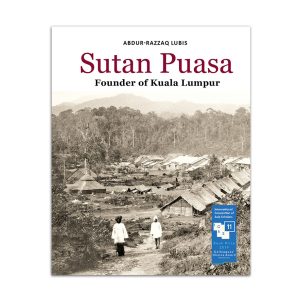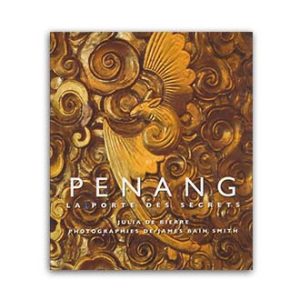The experience of a child being separated from her parent at the settlement is personally experienced by Noraeni Mohamed, the author of Pertemuan di Pusara, the Malay version of Reunion at the Graveyard. Her parents were once placed in the Sungai Buloh settlement. Her plight was highlighted by a Chinese newspaper, which featured her desire to be reunited with her biological parents, Goh Moi Kia and Cheong Yen, who were reported as residents of the settlement. Noraeni is of Chinese descent and has a sister who has also been given to an adoptive family.
Noraeni’s story had caught the interest of Tan Ean Nee, leader of the Sungai Buloh Oral History team. Together with a friend, Joshua Wong, they published a book about the stories of former leprosy patients and their descendants entitled “The Way Home” in 2009. “The Way Home” was successful in opening the minds of the society towards difficulties faced by former leprosy patients. Many residents of the Sungai settlement have contacted Tan to express their intention to locate their heirs. Unfortunately, they faced difficulties as the foster homes of the adopted children from the Sungai Buloh settlement often concealed the identity of the biological parents.
During the British colonisation of Malaya, leprosy patients were isolated, ‘quarantined’ in an area away from the community as there was no cure. The Lepers Act 1926 clearly shows the authorities’ discrimination against leprosy patients. They were prohibited from using public transportation, staying in hotels or use public facilities. More distressing was that the health authorities and the police were given power to arrest anyone suspected to have leprosy. Those who were caught and diagnosed with leprosy were placed in a special settlement. Parents with leprosy were separated from their children, who were placed in child care centres within the settlement. These babies were cared for by nurses until they were six months old. After that, they were handed over to other family members, or charitable organisations, or were adopted by foreigners.
In the 1920s, medical experts had already confirmed that leprosy patients who were undergoing treatment would not easily transmit the disease to others. Tragically, these young children were still prohibited from staying with their parents due to the child protection policy.
About the authors
Noraeni Mohamed is a certified herbalist and an alternative treatment consultant. She is actively involved in NGO bodies, is a board member for lkram Cooperative, a committee member for UPKI, JKWI and committee member for “Ummah & Masyarakat.” Noraeni is a grandmother to four grandchildren, and a mother to five sons and one daughter.
Tan Ean Nee is a mass communication graduate from Universiti Sains Malaysia and has been active in the visual media industry. She is the founder of Care & Share Circle as well as a freelance writer. Ean Nee is active in charity work to re-establish family ties of former leprosy patients and their descendants. In October 2013, the Sungai Buloh Oral History team headed by Ean Nee successfully launched a website “The Way Home” with an “Online Museum” concept which displays the artifacts left behind by the Sungai Buloh residents; and narrates the life experiences of the Sungai Buloh children who have returned to the settlement to search for their origins.












